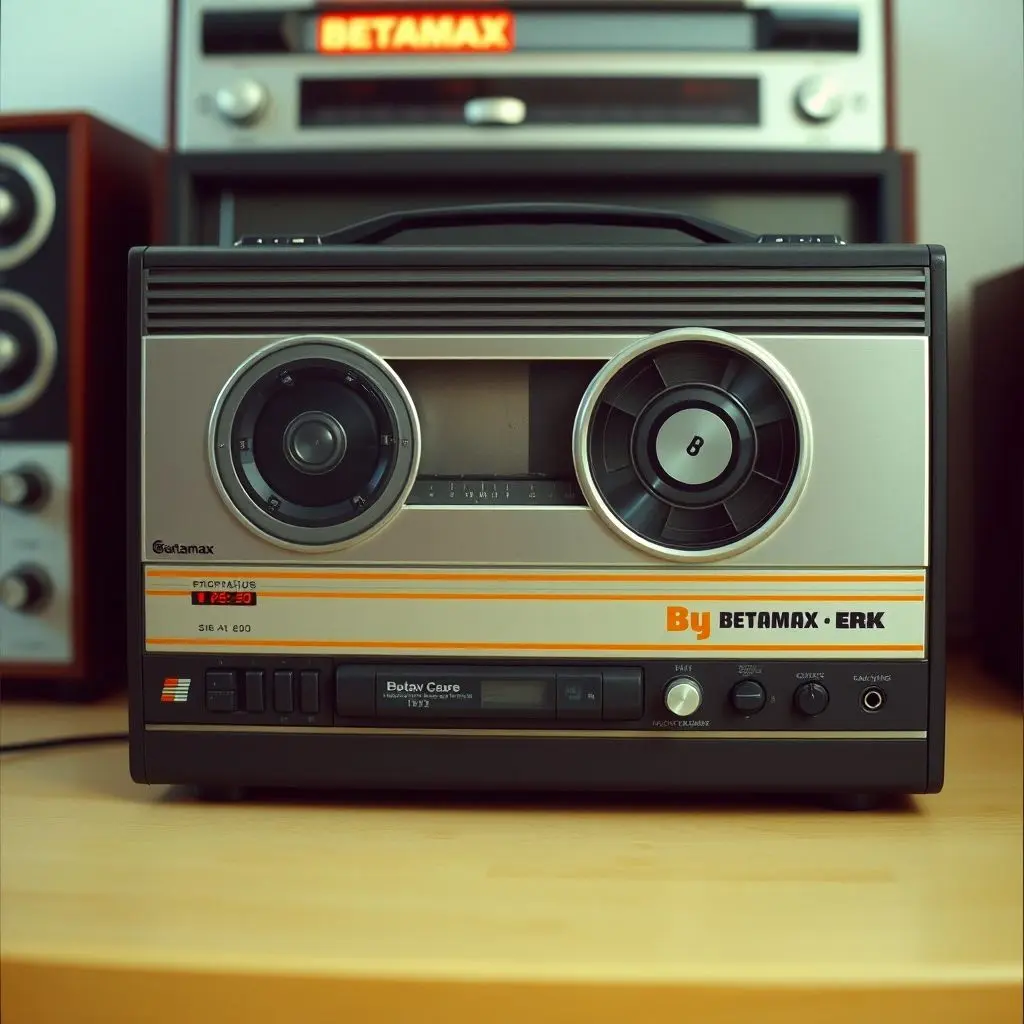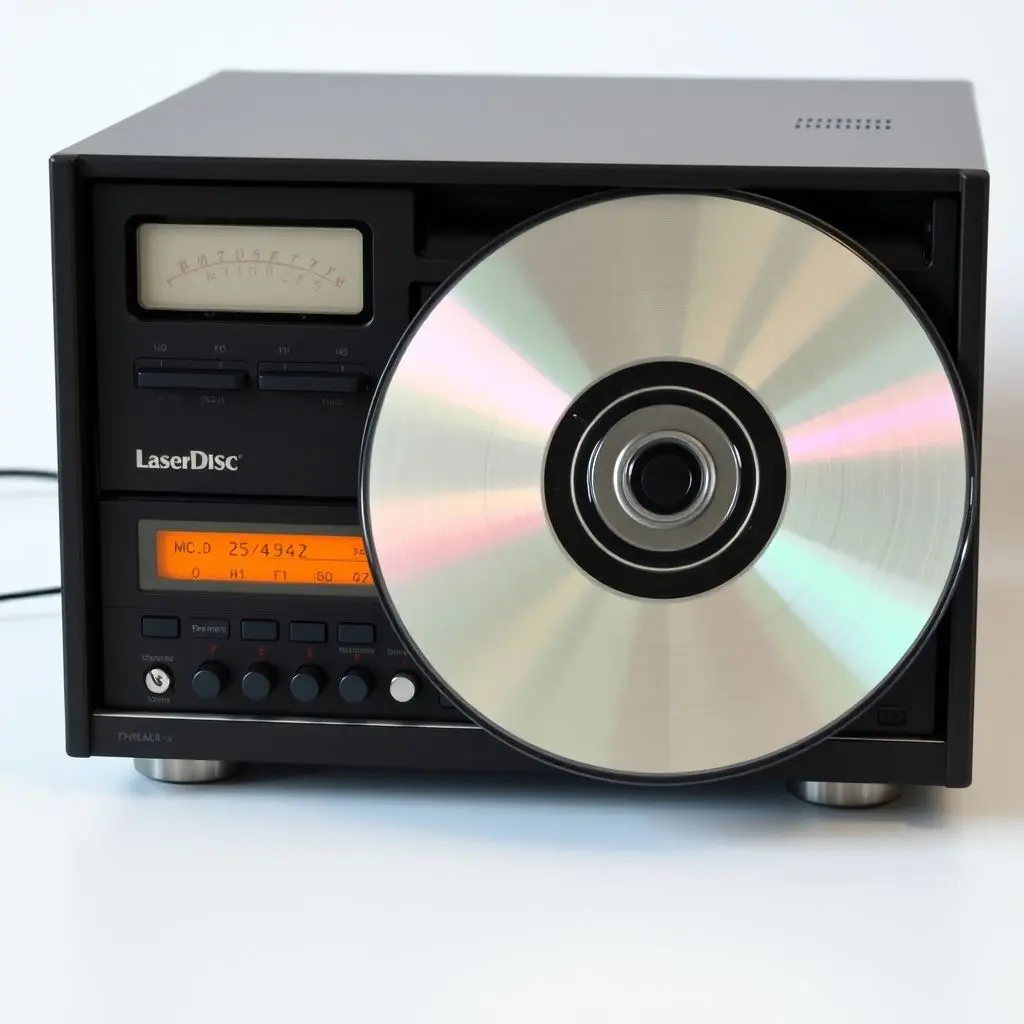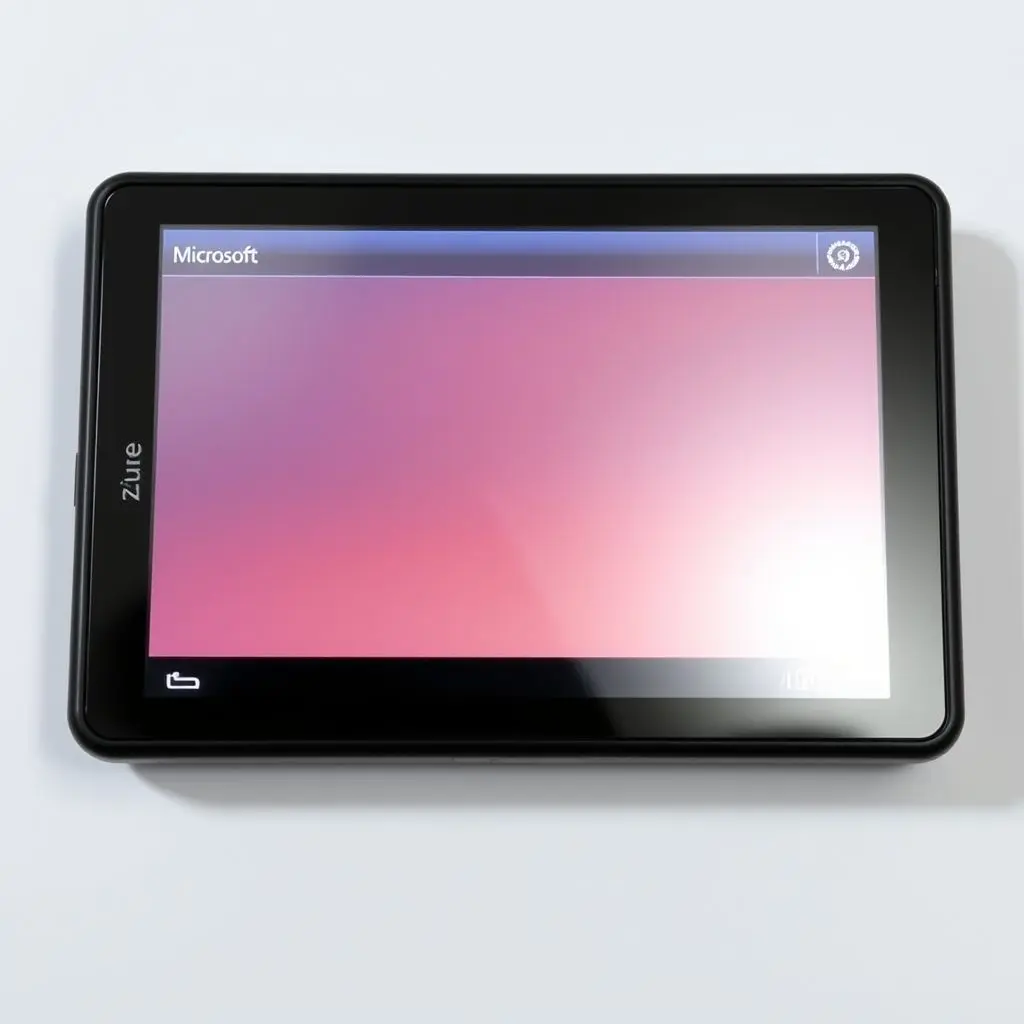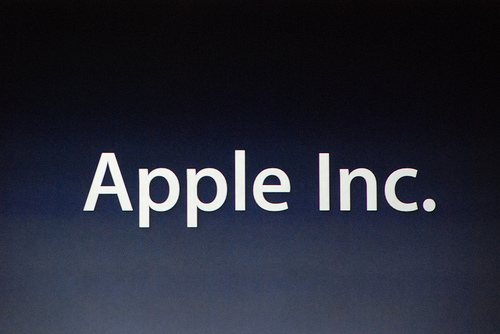Ever ponder the fate of those shiny new gadgets that capture our imaginations one moment, only to vanish without a trace the next? They don’t just disappear into thin air. Many reside in a metaphorical ‘Tech Graveyard,’ a resting place for ambitious ideas that, for various reasons, couldn’t survive the harsh realities of the market.
It’s a fascinating place filled with stories of innovation that, despite their potential or even technical superiority, fell victim to fierce competition, poor timing, marketing missteps, or simply shifting consumer preferences.
We’ve delved into this digital boneyard to unearth a few notable examples that showcase the complex dance between technology, business, and culture. Before we dig deeper, take a quick tour of this somber, yet instructive, landscape with our brief video:
Table of Contents
Betamax: Technically Superior, Commercially Crushed
In the early days of home video recording, a fierce battle raged for dominance. Sony, a titan of electronics, introduced Betamax in 1975. It was a marvel of engineering for its time, offering superior picture quality compared to its primary rival, JVC’s VHS format.
The Tech Story: Betamax’s Edge
Sony’s Betamax used a smaller cassette tape and recorded video signal with less ‘noise’, leading to a cleaner, sharper image. Engineers lauded its sophisticated recording mechanism and compact design. From a purely technical standpoint, many agreed Betamax held the edge.
The Downfall: The Betamax vs. VHS War
So, why isn’t ‘Betamax and Chill’ a common phrase today? The reasons are multifaceted and offer a classic case study in market dynamics:
- Recording Time: Initially, Betamax tapes offered only one hour of recording time, later extended. VHS, right out of the gate, offered two hours (and quickly more), allowing users to record entire movies or sporting events without changing tapes. This was a major convenience factor for consumers.
- Licensing Strategy: Sony kept a tight grip on Betamax technology, hoping to control the market. JVC, however, was far more open with its VHS technology, licensing it freely to other manufacturers like Panasonic, Sharp, and Hitachi. This led to a flood of VHS players from various brands, making the format more widely available and often cheaper than Betamax.
- Pornography Industry: While perhaps a controversial point, the adult film industry adopted VHS early and enthusiastically due to its longer recording time. This created massive demand for VHS players and tapes, further accelerating its market penetration.
- Retail Availability: With more manufacturers supporting VHS, it quickly became the dominant format in rental stores and electronics shops, creating a self-fulfilling prophecy of success. Consumers bought what was available and had more movie options.
Despite later technical improvements, Betamax could never recover from VHS’s early lead in convenience, licensing, and market momentum. It officially ceased production of hardware in 2002 and tapes in 2016.

LaserDisc: The High-Quality, Low-Convenience Giant
Before DVDs and Blu-rays, there was LaserDisc. Introduced by Philips and MCA in 1978 (initially under the name DiscoVision), it was the first commercial optical disc storage medium and offered a picture quality that VHS couldn’t touch.
The Tech Story: Visual Splendor
LaserDiscs were large, vinyl-record-sized discs that stored analog video and audio. Because it was a non-contact optical format (read by a laser), there was no physical wear on the disc or player, unlike tape formats. This resulted in stunningly clear video and superior sound quality for its era. It also allowed for features like freeze-frame and chapter stops that tape couldn’t easily replicate.
The Downfall: Impracticality Won
While praised by videophiles and often found in educational or niche markets, LaserDisc failed to gain mainstream traction for several key reasons:
- No Recording Capability: This was a major hurdle. LaserDisc players could only play back pre-recorded content. They offered no way for consumers to record TV shows or home movies, a core function that made VHS so popular.
- High Cost: Both the players and the discs were significantly more expensive than their VHS counterparts.
- Size and Fragility: The large discs were cumbersome to store and handle compared to compact VHS tapes. They were also more susceptible to damage if not handled carefully.
- Limited Availability: While a decent catalog of movies eventually became available, it never matched the breadth and depth of VHS releases, especially in the early crucial years.
LaserDisc remained a niche product, appreciated by enthusiasts but ultimately overshadowed by the convenience and lower cost of VHS, and later made obsolete by the digital revolution led by DVD.

Microsoft Zune: A Good Player in the Wrong Era
Fast forward to the 2000s. Apple’s iPod had revolutionized portable music players. Microsoft, never one to shy away from a market challenge, launched the Zune in 2006.
The Tech Story: A Solid Contender
The Zune wasn’t a bad device by any stretch. It featured a larger screen than many iPods of the time, had a built-in FM radio (something iPod initially lacked), and introduced a unique ‘Squiggle’ interface. Microsoft also attempted innovative social features, like Zune-to-Zune sharing (though limited). The hardware iterations, like the Zune HD, were genuinely well-regarded for their performance and interface.
The Downfall: The iPod’s Unstoppable Momentum
Despite its merits, the Zune faced an almost insurmountable challenge:
- Late to the Party: The Zune launched five years after the iPod had already established market dominance, brand loyalty, and a massive ecosystem (iTunes Store).
- Ecosystem Wars: While Microsoft built the Zune Marketplace, it struggled to compete with the vast library and user experience of iTunes. Apple had a head start in securing content deals and integrating hardware and software seamlessly.
- Marketing and Branding: The Zune’s marketing often felt less focused and iconic compared to Apple’s clean, aspirational campaigns. The ‘brown’ Zune became an early, if somewhat unfair, symbol of its struggle for coolness.
- Lack of Differentiation: While the Zune had unique features, none were compelling enough to persuade the vast majority of consumers to switch from their beloved iPods or choose Zune as their first player.
Microsoft officially discontinued Zune hardware in 2011, though the Zune software and music service persisted for a few more years before being integrated into other Microsoft products.

Common Threads in the Tech Graveyard
Looking at Betamax, LaserDisc, and Zune, certain patterns emerge that contribute to their placement in the tech graveyard:
- Timing is Everything: Being too early (LaserDisc, lacking recording) or too late (Zune, facing iPod) can be fatal.
- Ecosystem Matters: Success often hinges not just on the device, but the surrounding content, software, and ease of use (VHS licensing/rentals, iTunes).
- Convenience Trumps Quality (Often): Consumers frequently prioritize ease of use, accessibility, and cost over marginal technical superiority (VHS vs. Betamax picture quality, LaserDisc vs. VHS recording).
- Competition is Relentless: Powerful, well-entrenched rivals are incredibly difficult to unseat once they gain momentum.

Lessons Etched on Circuit Boards
The stories of Betamax, LaserDisc, and Zune aren’t just cautionary tales; they offer valuable insights for innovators and consumers alike. They remind us that the path of technological progress is littered with ambitious projects that didn’t find their footing. Success requires a delicate balance of cutting-edge tech, smart business strategy, effective marketing, and understanding the pulse of the market and its readiness for change. It’s a harsh reminder that building a great product is only half the battle; getting people to adopt it and prefer it over alternatives is the real war.
Burning Questions from the Digital Beyond
Here are some frequently asked questions about these departed technologies:
Q: Was Betamax truly better than VHS?
A: Technically, yes. Betamax generally offered a slightly sharper picture and better color fidelity compared to VHS tapes of the same era. However, the difference was often minor enough that average consumers didn’t notice or care enough to outweigh the convenience of VHS’s longer recording time and wider availability.
Q: Could LaserDisc have survived if it had recording?
A: It’s unlikely it would have achieved mainstream dominance. Adding recording technology would have made the players even more complex and expensive. The large size and fragility of the discs would still have been major drawbacks compared to tape, and later, digital formats. It might have extended its niche life, but mass appeal was improbable.
Q: Was the Zune actually a good music player?
A: Many tech reviewers and users who owned a Zune would say yes. Later models, particularly the Zune HD, were praised for their sleek design, responsive interface, and audio quality. Its failure was less about being a ‘bad’ product and more about launching into a market already completely dominated by a well-loved competitor with a mature ecosystem.
Q: Are any of these formats still used today?
A: Very rarely, and only by enthusiasts or for archival purposes. Betamax and VHS tapes are mostly gone. LaserDisc has a small but dedicated collector base. Zune hardware is non-functional for its original service, but the devices might still be used for offline music playback if they work. These are largely historical artifacts now.

The history of technology is a relentless march forward, but it’s punctuated by these fascinating detours – the innovations that promised much but were ultimately left behind. Their stories serve as valuable reminders that the journey from concept to market success is fraught with challenges, where even brilliance isn’t always enough to guarantee survival. They are silent monuments to the ever-evolving landscape of progress.




